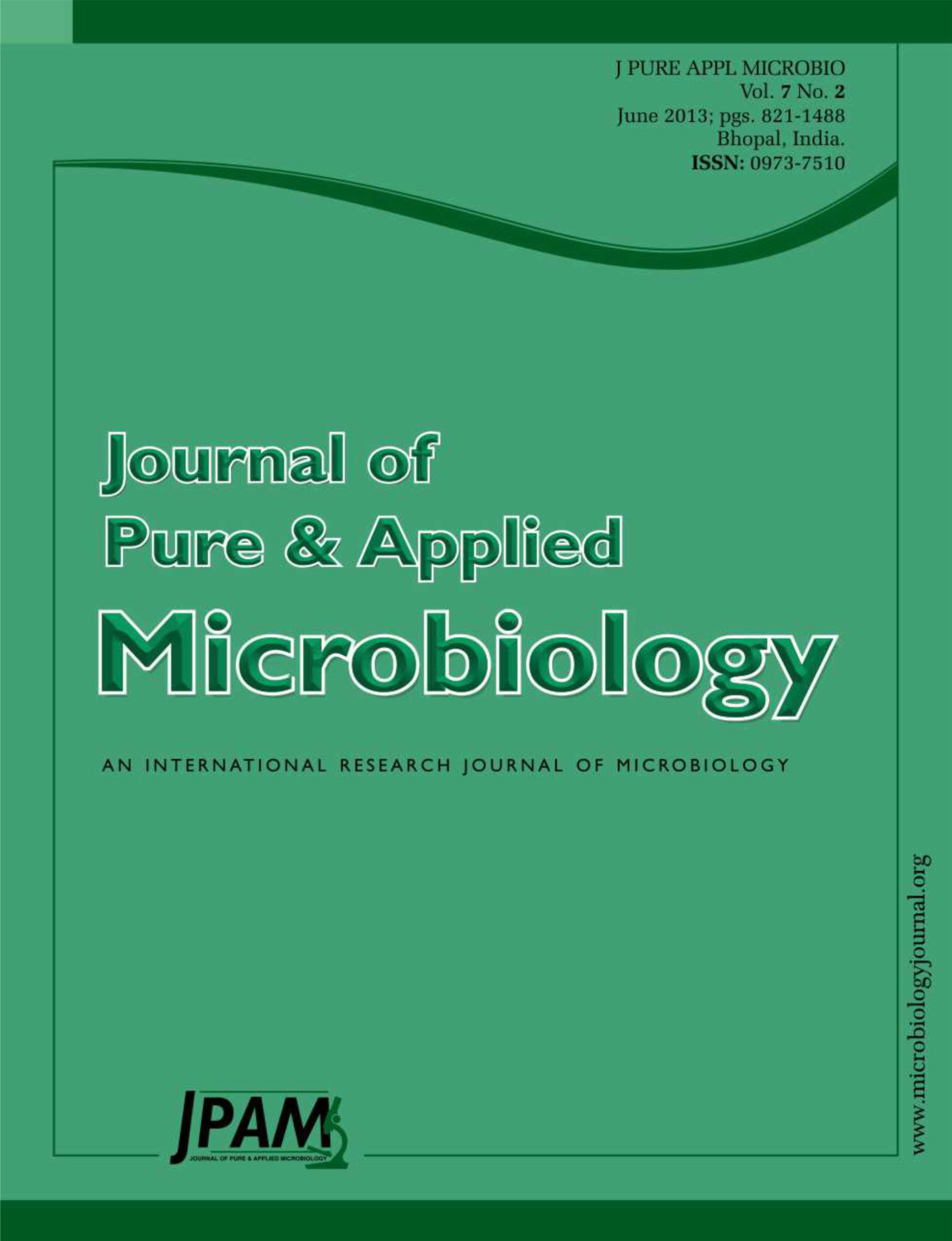Contamination of grapes by mycotoxins due to Penicillium infection is one of the most causes of human toxicoses. To minimize the risk of mycotoxin exposure, Allium sativum was evaluated as anti-Penicillium. Five isolates representing 4 species namely Penicillium citrinum, P. expansum, P. puberulum and P. verrucosum were investigated. Mycotoxin production of these isolates was assayed using HPLC and their pathogenicity was also undertaken. Obtained data were statistically analyzed and LSD was used to compare means of the experimental results. All tested Penicillia were toxigenic and capable of producing detectable patulin (ranging from 0.4-3.6 ppm) in the culture media, with the highest production from P. citrinum. Penicillic acid was produced by all tested isolates except P. verrucosum (No. 1) and P. expansum, with the highest production rate (26.2 ppm) from P. puberulum. All tested isolates were pathogenic but could be inhibited by garlic juice at all concentrations used. P. citrinum growth was the most inhibited at the lowest concentration used (1.25%) followed by P. expansum. It is concluded that garlic juice inhibited Penicillium growth, and can be used as a potential source of natural antifungal compounds which could apply to agricultural commodities to prevent fungal decay. Further studies are needed in order to determine the antifungal compound in garlic juice and to confirm their in vivo efficacy against food spoilage fungi.
Garlic, Grapes, Penicillium, HPLC, Mycotoxins
© The Author(s) 2014. Open Access. This article is distributed under the terms of the Creative Commons Attribution 4.0 International License which permits unrestricted use, sharing, distribution, and reproduction in any medium, provided you give appropriate credit to the original author(s) and the source, provide a link to the Creative Commons license, and indicate if changes were made.


